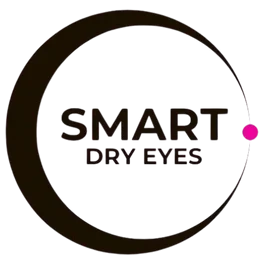Introduction

Smart Dry Eyes uses modern technologies for precise diagnosis and analysis of the causes of dry eyes. The examination of tear film parameters is crucial for an accurate diagnosis. This provides the foundation for creating individualized, tailored treatment plans.
NIBUT

NIBUT (Non-invasive Break-Up Time) is a diagnostic parameter that evaluates the stability of the tear film on the eye surface without the need for dyes or invasive techniques. It measures how long the tear film remains intact after a blink before breaking up.
Tear Meniscus Height (TMH)

The tear meniscus height measures the thickness of the crescent-shaped tear layer at the edge of the eyelid and the eye surface. This measurement allows an assessment of the amount of tear film, which serves as a reservoir and helps distribute tears during blinking.
Analysis of the lipid layer

The measurement of the lipid layer in the tear film provides insight into the function of the Meibomian glands, which is often impaired in evaporative dry eye. The lipid layer minimizes tear evaporation, a function that is frequently disrupted in dry eyes.
NIBUT

Eye redness indicates the health of the eye surface, the degree of inflammation, and the severity of the condition. It points to chronic irritation caused by unstable or insufficient tears, which can lead to inflammation of the conjunctiva and sclera.
Tear meniscus height (TMH)

Imaging of the Meibomian glands is a diagnostic method that enables visualization and assessment of the structure, function, and health of these glands. They are essential for the production of the lipid layer in the tear film. The analysis provides important insights into Meibomian gland dysfunction (MGD).
